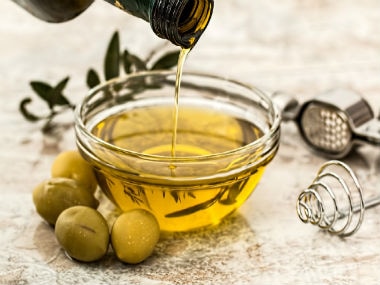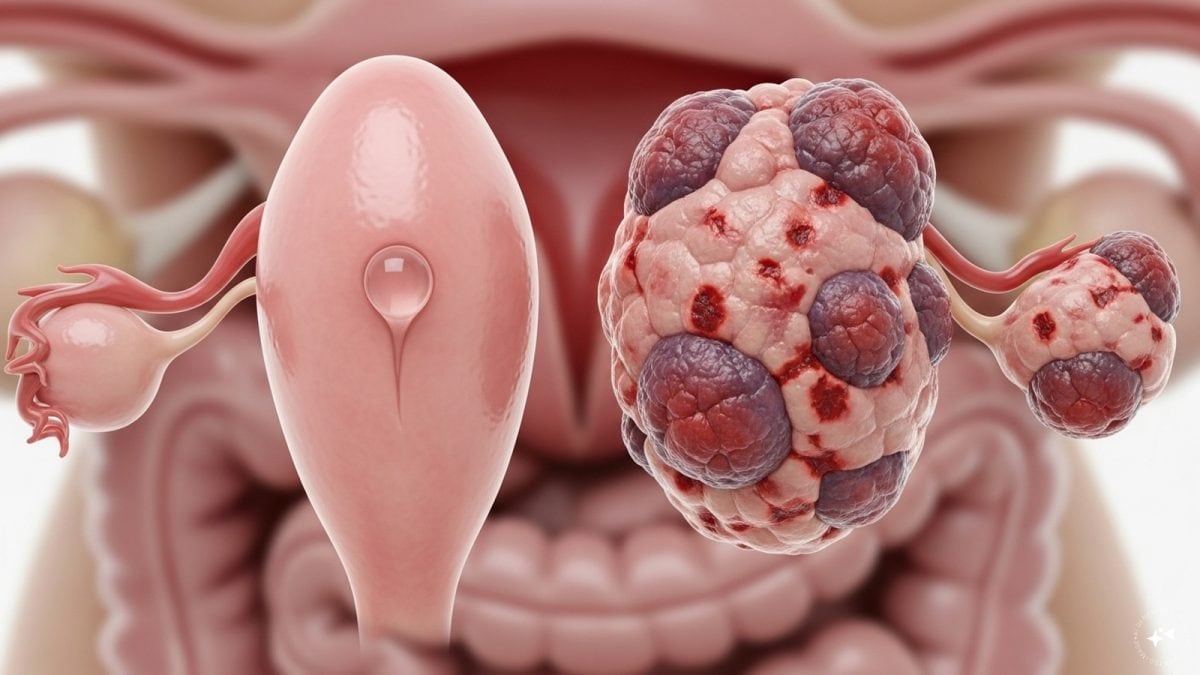If you thought fats are fats, and all fats are bad - think again. True, all fats have the same basic components - a carbon chain and hydrogen atoms. However, the length of the carbon chain and the number of hydrogen atoms can vary from fat to fat. This is also what makes some fats good and others bad.
The good fats
Fats are an excellent source of energy. No, we’re not trying to be contrarian. It’s a fact that our body needs fats just like it needs carbohydrate and protein. What gives fats a bad name in the healthy-heart game is the wrong choice of fats. [caption id=“attachment_7418441” align=“alignleft” width=“380”]  Representational image. Image by Steve Buissinne from Pixabay[/caption] We need fats for generating energy for physical activities, absorbing fat-soluble vitamins - vitamins A, D, E, K - and staying warm on a cold night. However, all of these vital functions are performed by healthy unsaturated fats (an easy way to tell them apart is that these oils and fats are liquids at room temperature). There are two main types of unsaturated fats in cuisines around the world: monounsaturated fatty acids (MUFA) and polyunsaturated fatty acids (PUFA). How effective are they? Chew on this morsel: In study after study, the Greeks showed enviably low rates of heart disease - researchers traced the source of this good health back to olive oil. It contains MUFA, which has just one carbon to carbon double bond with very few hydrogen atoms. You can have MUFA by including a little bit of olive oil, peanut oil, canola oil, avocados and nuts in your diet. Omega 3 and Omega 6 are two types of polyunsaturated fatty acids that our body can not synthesise or make on its own. PUFA has two or more carbon to carbon double bonds, and it keeps our heart healthy. PUFA are essential for the formation of cell membranes - the covering of every single cell in the body. They also play a vital role in blood clotting, muscle movement, and inflammation. From reducing blood pressure, increasing HDL (the good cholesterol, high-density lipoproteins), lowering triglycerides to reducing the risk of memory loss, the benefits of Omega 3 fatty acids are many. Omega 6 is also associated with protecting the heart. Rich sources of PUFA include fatty fish such as salmon, mackerel, and sardines; oils such as safflower, soybean, sunflower, corn and canola oil; nuts and seeds such as walnuts, chia seeds, flaxseeds and walnuts.
The bad fats
Saturated fats and trans fats are the bad guys. Both increase LDL (bad cholesterol) - which is a major risk factor for blocked arteries and heart diseases. How to distinguish this type of fat by sight? If you have noticed the grease on mutton and bacon after they have cooled, that is saturated fat - it solidifies at room temperature. Other sources of saturated fat are cheese, coconut oil, ghee, whole-milk dairy products and all the fatty junk food under the sky. When several hydrogen atoms surround each carbon atom - this makes saturated fat. Limiting the amount of saturated fat to below 10% of total calorie intake is the key to good heart health. Trans fats are even worse than saturated fats. Food manufacturers turn liquid unsaturated fat to solid fat to increase the shelf life of fried, packaged foods and stabilize the flavour of the food through a process called hydrogenation. Trans fats are a byproduct of this process. Consuming foods rich in trans fat not only increases bad cholesterol (LDL) in the body - it also reduces the good cholesterol (HDL) you have - thereby putting you at increased risk of developing heart disease, stroke, and diabetes. According to one estimate, even a small amount of trans fats can harm our health: for every 2% of calories we get from trans fat every day, the risk of heart disease rises by 23%. With zero health benefits, trans fats have been banned in the US - though they are still in wide circulation in India. Health articles in Firstpost are written by myUpchar.com, India’s first and biggest resource for verified medical information. At myUpchar, researchers and journalists work with doctors to bring you information on all things health. For more information, please read our article on Fats: Benefits, Sources, Side-effects_._


)

)
)
)
)
)
)
)
)



